Neutral colors are often favored for their versatility and timelessness. Shades like beige, gray, and white create a calming backdrop that allows other design elements to shine. These colors can make spaces appear larger and more open, which is especially beneficial in smaller rooms. Incorporating neutral tones can also provide a blank canvas for adding colorful accents through furniture, artwork, or decorative accessories.
Bold colors can inject personality and energy into a home. Deep blues, vibrant reds, and rich greens can create focal points that draw the eye and spark conversation. When using bold colors, it is essential to balance them with neutral elements to prevent overwhelming the space. Accent walls are an effective way to introduce strong colors without committing to an entire room. This technique allows homeowners to experiment with different hues while maintaining a cohesive look.
Warm colors like reds, oranges, and yellows evoke feelings of warmth and comfort, making them ideal for living rooms and dining areas. These colors can stimulate conversation and create a cozy environment. On the other hand, cool colors such as blues and greens promote relaxation and tranquility, making them suitable for bedrooms and bathrooms where a serene atmosphere is desired.
Natural light significantly affects how colors appear in a room. Colors can look different throughout the day as lighting conditions change. Testing paint samples in various lighting scenarios can help homeowners choose the right shade for their space. Observing how a color interacts with natural light can provide insights into its suitability for a particular room.
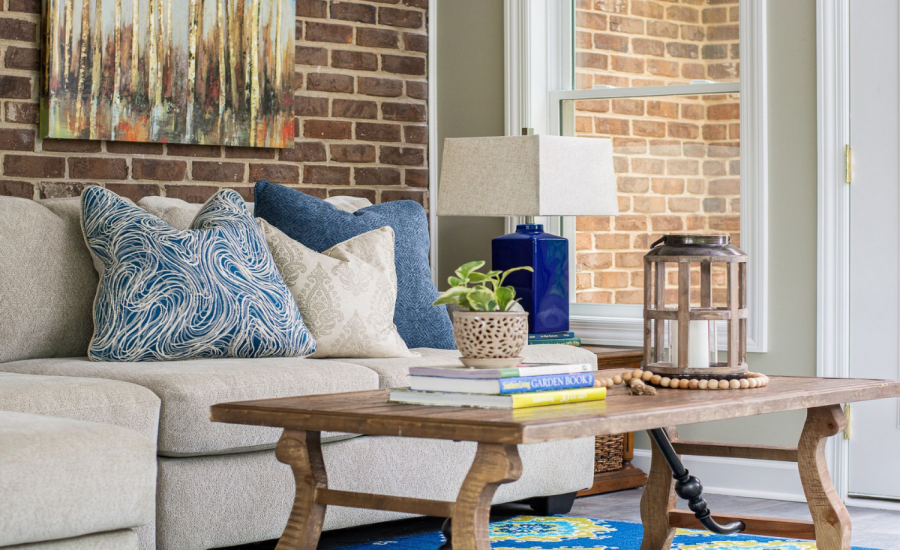
Choosing colorful furnishings can be a bold statement, while decorative accessories like cushions, rugs, and artwork can introduce color in a more subtle way. Layering different shades and textures can create a dynamic and visually appealing environment. This approach allows for flexibility in changing the overall look of a room without the need for extensive renovations.
Considering the existing design elements is vital when selecting colors. The style of the home, such as modern, traditional, or eclectic, can influence color choices. Coordinating colors with existing furniture and decor ensures a harmonious look that feels intentional. Using a color wheel can help identify complementary colors that work well together, enhancing the overall design.
Personal preferences should also guide color choices. Each individual has unique tastes and associations with certain colors. Creating a mood board can help visualize how different colors interact and evoke emotions. This process encourages homeowners to explore their style and preferences, leading to more satisfying design decisions.
Color choices are an essential aspect of home design that can significantly impact the overall ambiance and functionality of a space. By understanding the effects of different colors, considering lighting conditions, and incorporating personal tastes, homeowners can create inviting and harmonious environments that reflect their style. Thoughtful color selection can transform a house into a home filled with character and warmth.

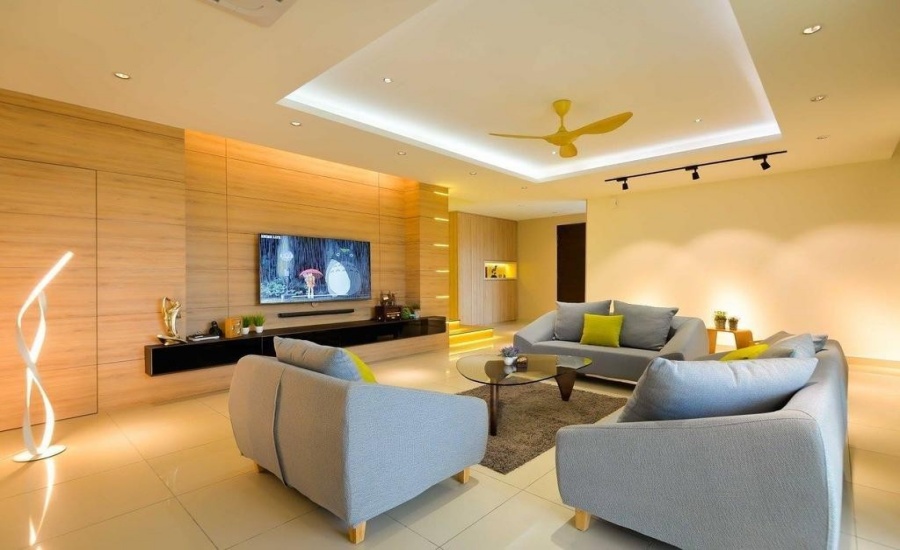
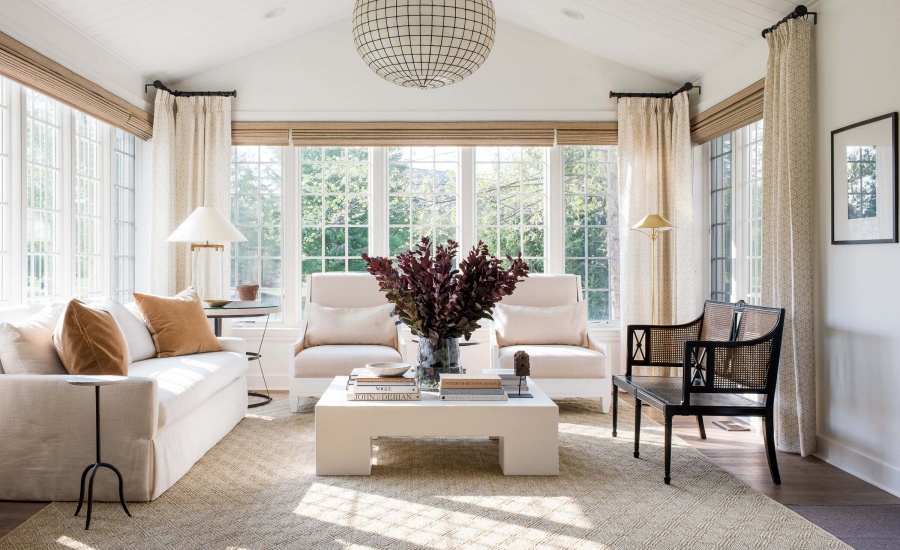

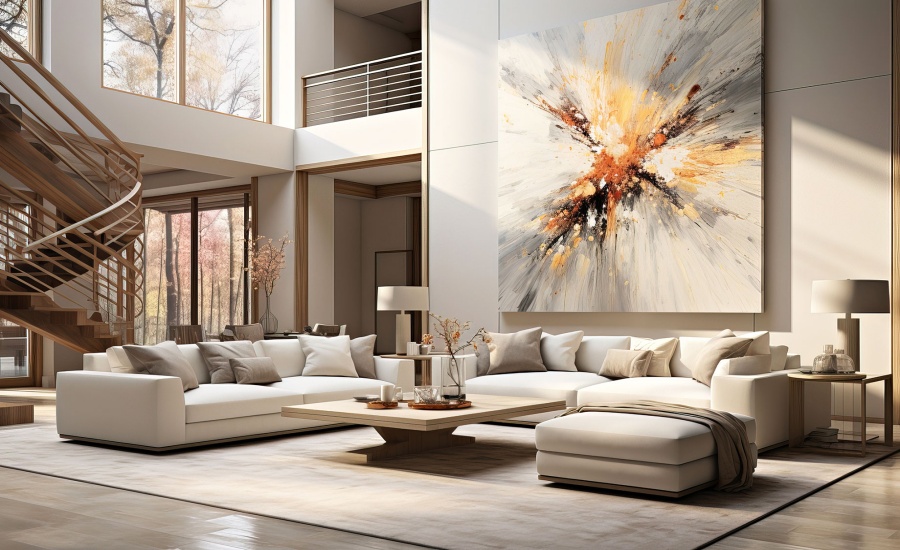
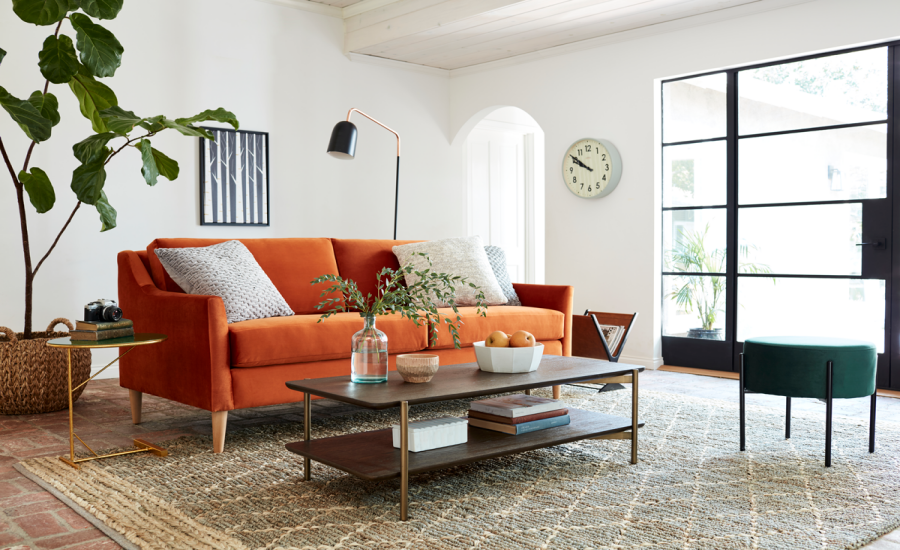

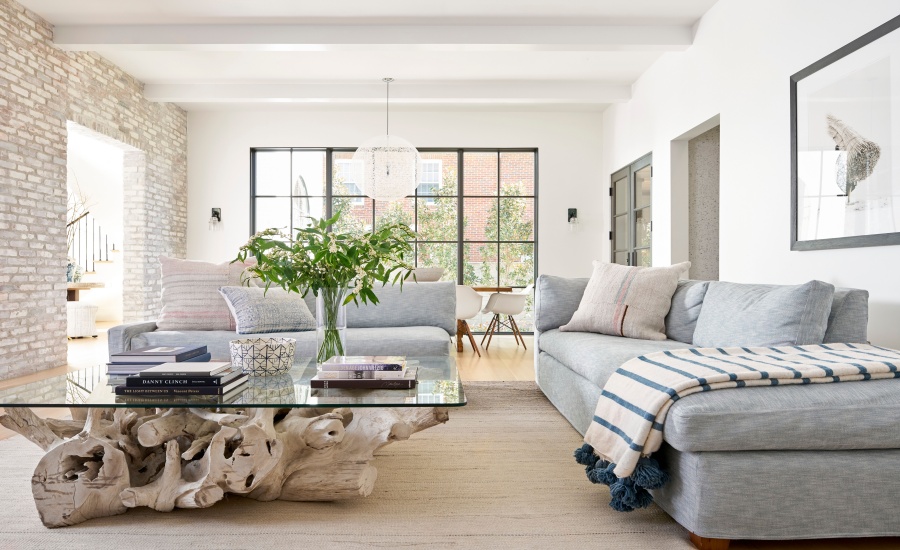

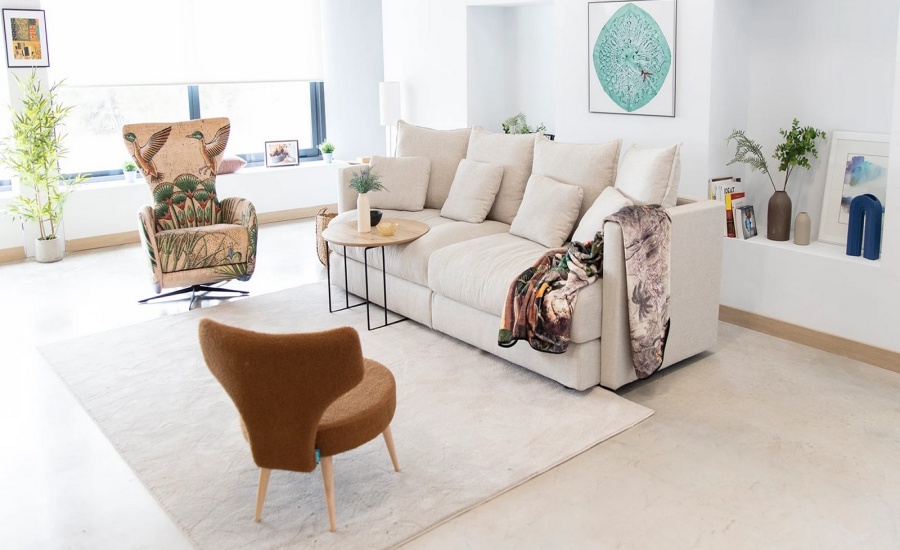
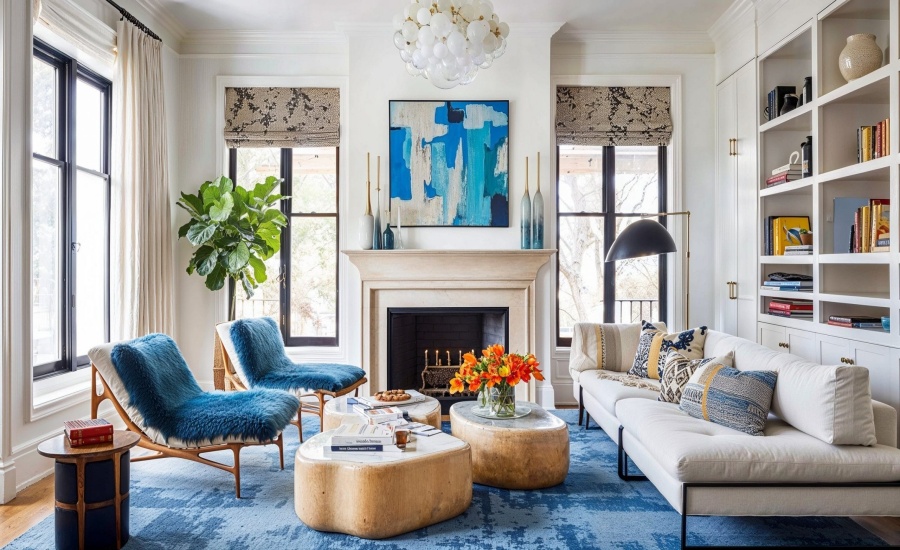
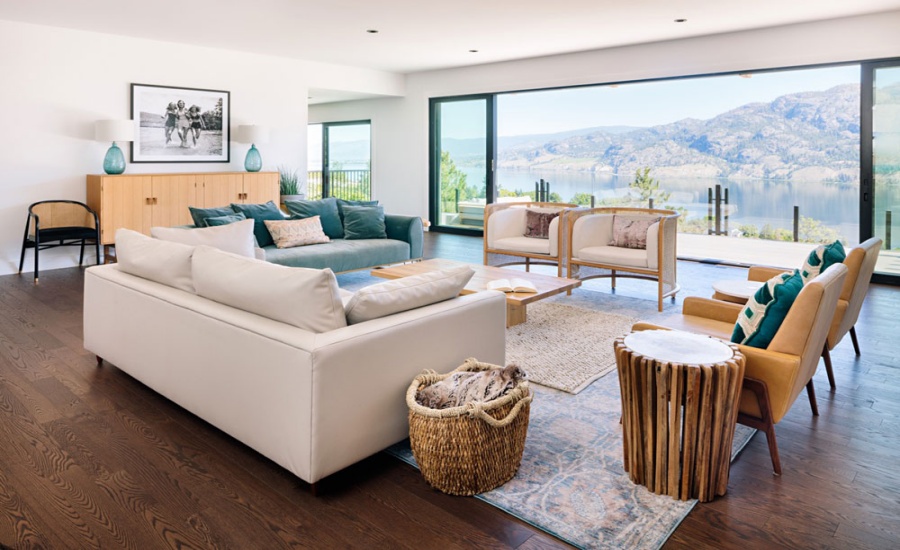
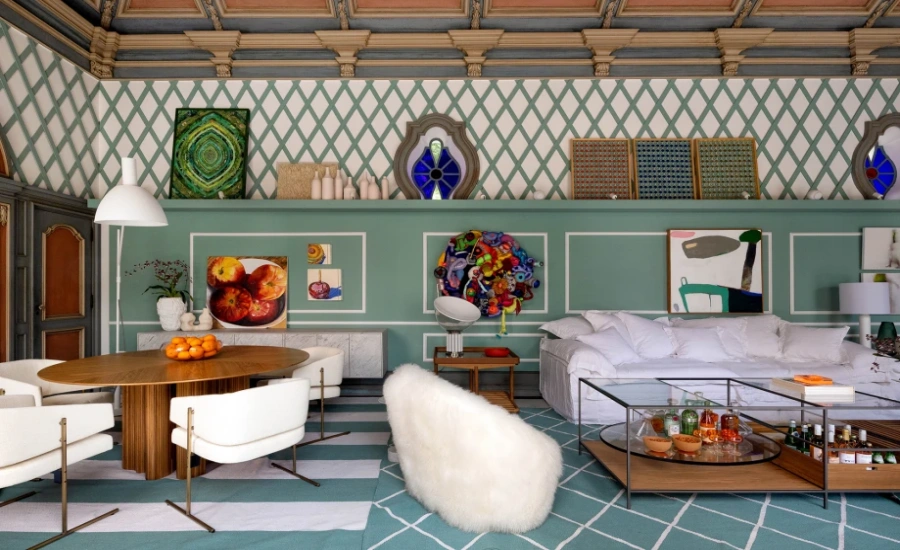
Leave a Reply